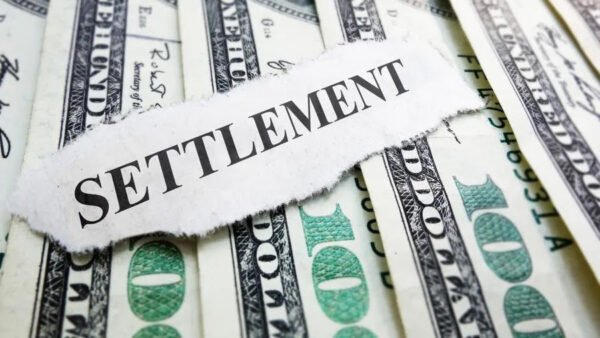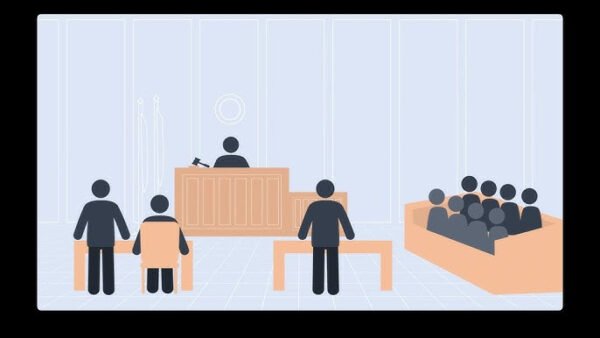No products in the cart.
- Home
- All Passive Income Methods
- Want to See How Much Other People Earned?
- Beginner’s Guide to Passive Income
- My Journey on Passive Income that 99% Population Don’t Hear About
- Litigation Financing – 30% ROI Anyone?
- IPO Under 90 Days!
- IPO Hopeful
- Unicorn Potential?
- An Enjoyable Hobby That Appreciates Too?
- Microlending in Africa
- How You Profit from Beyoncé and Bieber?
- Private Lending
- Tax Lien & Tax Deed in US
- You Can Still Get Bitcoin for $50K???
- A New Strategy with 40%–90% ROI in Year 1
- About Us
- Contact Us
30% ROI Anyone? (7) – How Are Profits Distributed?
Continuing from the last post, you should now understand why they can recover the principal plus 30% profit within 12-18 months. It’s all about multiple defendants settling for small amounts. Why do all parties prefer to settle? Considering it costs over a million dollars to prepare for a defense and consumes significant resources, multinational companies would rather spend tens of thousands to resolve the issue quickly and focus on handling major antitrust lawsuits from various governments. Why wouldn’t they settle?
The settlement rate in the U.S. is as high as 97%! So far, their portfolio has a settlement rate of over 75%! Therefore, settlement payments are the essence of this model’s profitability 😂. Investors get their principal back quickly with a substantial profit, patent owners receive compensation, lawyers earn their fees, and defendants resolve their cases cheaply and swiftly—everyone wins.
At this stage (the first phase, before going to trial), how are profits distributed? What is the order of payment?

After settling, the lawyer’s fees are deducted from the settlement, followed by the investors’ principal. The remaining amount is pure profit. Typically, 55% (around 50%-60%) of this pure profit goes to the patent owner, with the rest distributed to investors based on their contribution. Generally, they distribute profits of around 30% first; any remaining profits are kept on the books to continue pressuring defendants who haven’t settled. If more money comes in later, they will distribute additional pure profits.
If the settlement is insufficient, funds are distributed in the same order, allocating as much as possible to each party. While they haven’t encountered this situation yet, it’s theoretically possible, so investors should judge for themselves.

The same principles apply to the second phase – the trial phase. If they identify a case with a high probability of success, significant potential damages, and low costs, they will first offer the trial participation opportunity to investors from the first phase. If there are remaining shares, new investors can join. If the funds aren’t sufficient, they will abandon the trial; after all, first-phase investors have already received their principal and profit. If the funds are sufficient, they start the trial work. If the case settles before the trial, the distribution order and ratio remain the same. If the case goes to trial, the judge’s decision takes about 90 days to take effect. If they win, there’s another 30 days to see if the defendant appeals. If they win and there is no appeal, funds are distributed within 3-6 months according to the same order. If there’s an appeal, the process takes about another year to complete.
I know this might still sound abstract. My long-time followers know that I try many new methods every year, akin to “R&D,” using my own funds to test and learn through trial and error, costing me seven-figures. I only write about successful methods. I’m writing this series because I have already completed a round of “testing” with my own money and obtained results. As usual, I will share real case details, data, and timelines, as the press releases were out anyways after the trial has concluded already. I will share my real experiences in next episode.
